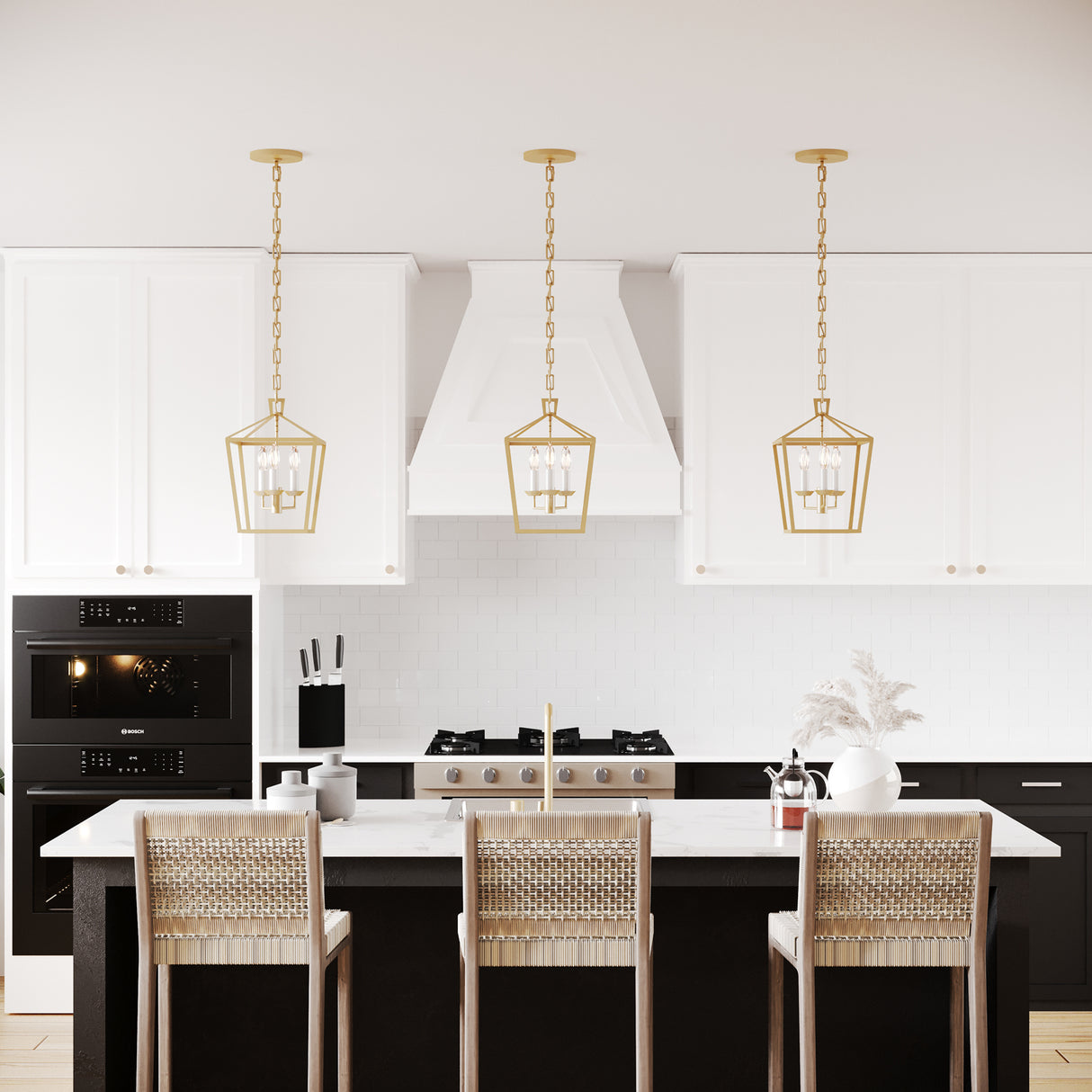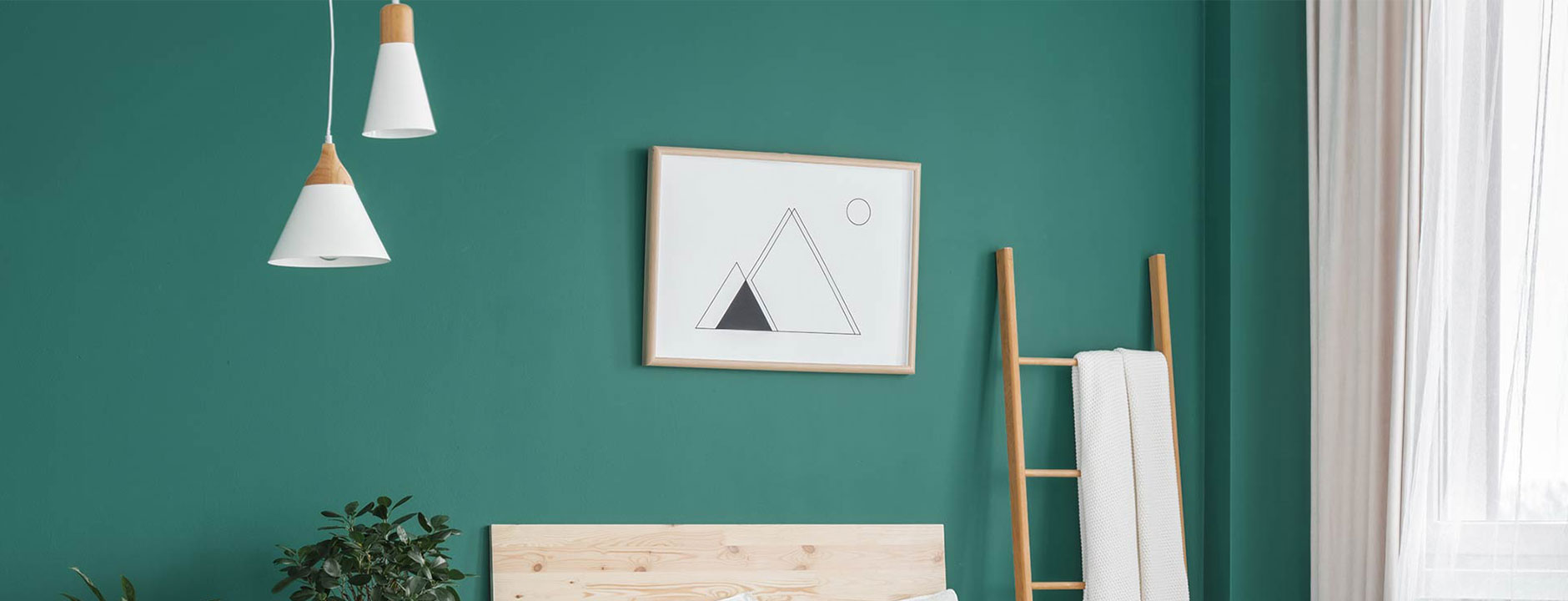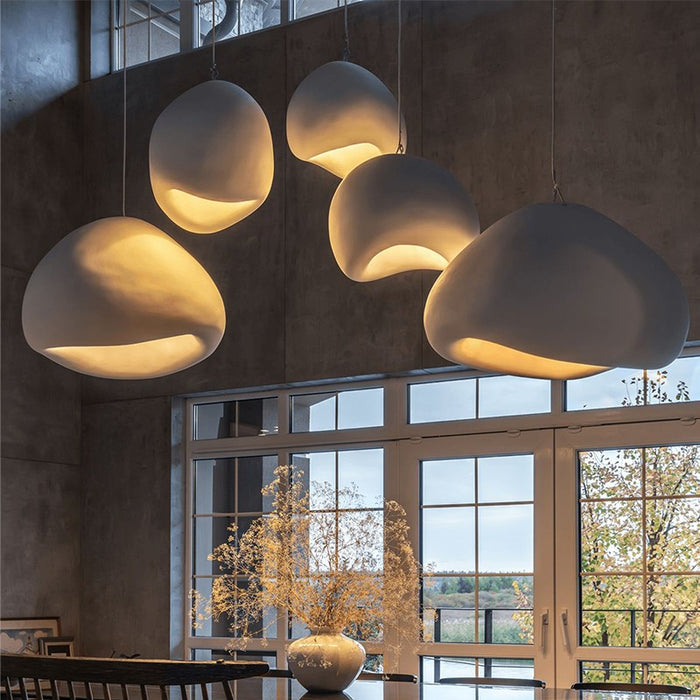A Comprehensive Overview to Installing and Maintaining Your Pendant Light
Maintaining a necklace and setting up light calls for careful planning and implementation. Correct elevation measurements can enhance both performance and layout. Important devices and a clear setup process are important for a successful configuration. Regular maintenance warranties longevity and performance. Understanding these aspects can change a room. Recognizing where to begin could appear frightening. What steps should one prioritize to accomplish the most effective outcomes?
Understanding Pendant Light Styles
While many property owners seek to enhance their rooms with Pendant lights, understanding the various styles offered is vital for making an educated selection. Pendant lights can be found in a wide variety of designs, each offering distinct aesthetic and useful advantages. Conventional Pendant lights often include timeless forms and materials, such as glass or steel, providing a classic appeal. Contemporary designs, on the other hand, may include strong shades and innovative products to develop striking centerpieces.
Industrial-style pendants typically use basic materials like subjected bulbs and rustic coatings, ideal for lofts and modern setups. For an extra whimsical touch, vintage-inspired choices stimulate fond memories with detailed details and retro surfaces. In addition, minimal designs concentrate on simplicity and clean lines, appealing to those that prefer understated beauty. Comprehending these diverse designs enables property owners to select Pendant lighting that not only complements their decoration however likewise serves their useful illumination needs successfully.
Determining the Ideal Elevation for Your Pendant Light
How does one determine the best height for a pendant light? To achieve the most effective capability and visual appeal, several factors must be thought about. Usually, a pendant light ought to hang 30 to 36 inches above an eating table to assure enough lighting without obstructing sights. Precede with high ceilings, the component may be placed a little greater to keep symmetry.
For kitchen area islands, a height of 28 to 34 inches above the kitchen counter is usually advised, permitting appropriate light protection while keeping a welcoming environment. In living areas, the Pendant must be hung at an elevation that complements the bordering style and does not create a danger for people walking beneath it.
Eventually, personal preference and space dimensions play considerable roles in determining the excellent height. Evaluating numerous heights before final setup might assist achieve the preferred effect and capability.
Tools and Products Needed for Installment
Successful installment of Pendant lights needs a specific collection of devices and products to ensure a smooth process. Important tools include a screwdriver, cord pole dancer, and a drill, which assist in protected component attachment and correct electrical wiring. A voltage tester is vital for verifying safety and security by making sure that power is off prior to starting any electric work.
Along with tools, certain materials are needed for installation. These consist of the Pendant light component itself, electric circuitry, cable nuts for safe and secure links, and installing hardware. A ceiling hook might likewise be needed, depending upon the component's design.
For added security and comfort, a ladder will certainly aid within high ceilings, while a level assures that the light hangs uniformly. Preparing these devices and materials beforehand simplifies the installment process, making it extra effective and efficient. Correct prep work is crucial to achieving an effective Pendant light installment.
Step-by-Step Setup Process
With the essential devices and products collected, the installment procedure for Pendant lights can start. The power supply should be transformed off at the circuit breaker to assure security. Next, the mounting bracket requires to be connected to the electric box in the ceiling. After securing it, the electrical expert's tape need to be used to cover any type of subjected cables.
Adhering to that, the Pendant light's cords are attached to the equivalent cables in the ceiling: black to black (or red), white to white, and green or copper for ground. Once the links are made, they should be secured with wire nuts.
The Pendant light can then be affixed to the installing brace, ensuring it hangs at the desired height. The light bulb is placed, and the power is turned back on at the circuit breaker, enabling the brand-new Pendant light to light up the space.
Preserving and Cleaning Your Pendant Light
What steps should be required to guarantee the longevity and visual allure of Pendant lights? Normal upkeep and cleansing are crucial in preserving their elegance and capability. Dust and dirt can accumulate on Pendant lights, decreasing their sparkle. To cleanse, a soft, lint-free fabric or microfiber towel ought to be utilized, together with a mild cleaner suitable for the surface material - Pendant Light. For glass or crystal necklaces, a glass cleanser can enhance quality without streaks
It is recommended to switch off the light and permit it to cool down before cleansing. Additionally, evaluating the fixture for loose bulbs or connections occasionally guarantees security and height efficiency. Altering bulbs routinely prevents strain on electric parts if suitable. Lastly, preserving a secure environment by staying clear of direct exposure to dampness can considerably extend the life of Pendant lighting. Adhering to these steps will certainly maintain Pendant lights looking their finest while operating effectively.
Fixing Usual Pendant Light Issues
When pendant lights malfunction, numerous typical issues may occur, including flickering light bulbs, wrong setup, and voltage changes. Identifying the root reason is important for reliable repairing and making certain peak efficiency. Resolving these troubles immediately can improve the long life and capability of Pendant illumination components.
Flickering Light Bulbs
Flickering light bulbs can be a resource of stress for property owners, often indicating underlying electric issues or basic maintenance needs. This sensation may come from loosened light bulb connections, where the light bulb is not firmly fitted right into the outlet, triggering periodic contact (Pendant Light). Furthermore, defective or aging bulbs may content flicker as they near the end of their life-span. An additional common reason is inconsistent voltage, which can emerge from concerns within the electrical system or overloading circuits. Property owners must also look for damaged circuitry, as this can lead to flickering and pose safety risks. Normal evaluations and prompt substitutes are crucial to ensure appropriate performance and to preserve a safe home environment. Identifying the source without delay can stop additional problems

Incorrect Setup Problems
Improper setup of Pendant lights can cause a series of concerns that may appear like those triggered by flickering bulbs. Typical problems consist of loose circuitry links, which can interrupt the circulation of electrical energy and lead to recurring lighting. In addition, if the mounting bracket is not safely attached, the Pendant might hang erratically, producing an unpredictable component that can create resonances or noise. Wrong light bulb kinds or electrical power can additionally add to efficiency problems, as inappropriate bulbs might not function successfully in the fixture. Poor spacing from the ceiling can produce darkness or lower light distribution, diminishing the intended result of the Pendant light. Identifying and resolving these installment errors is crucial for attaining correct performance and visual charm.
Voltage Fluctuation Problems
Although Pendant lights can improve an area's setting, voltage variations can lead to considerable performance problems. These variations might create flickering lights, minimized illumination, or also early bulb failing. To detect such issues, one must initially check the light fixture's compatibility with the voltage supply. Making use of a multimeter can help gauge voltage degrees and determine irregularities. It might be required check to check the electric system for loose connections or damaged wiring if voltage concerns linger. Sometimes, consulting a licensed electrical contractor is advisable to ensure security and compliance with neighborhood codes. Correctly addressing voltage fluctuations not just boosts the performance of Pendant lights but likewise extends their life expectancy and boosts overall lights quality.
Enhancing Your Area With Pendant Light Positioning
Reliable Pendant light positioning can significantly enhance a room by sticking to ideal elevation guidelines, ensuring the ideal lighting degree. Layering these lights with other resources can create a well balanced ambience, highlighting focal factors within the room. Achieving a harmonious look requires cautious consideration of both the fixture's positioning and its relationship with bordering aspects.
Optimum Height Guidelines
When contemplating the perfect elevation for Pendant lights, a general standard suggests hanging them around 30 to 36 inches above a counter top or table surface. This elevation enables maximum lighting while making certain that the light does not obstruct views or create dangers. In eating locations, Pendant lights ought to be placed to boost the dining experience, usually around 28 to 34 inches over the table. For cooking area islands, keeping harmony throughout several necklaces can produce a cohesive appearance; spacing them evenly and sticking to the suggested height improves performance. It is necessary to think about ceiling height too, as higher ceilings may call for adjustments to maintain symmetry and aesthetic appeal. Proper height positioning considerably adds to the total setting of a space.
Layering With Various Other Lights
As Pendant lights are integrated right into a Get the facts wider lighting design, they can substantially boost the ambience of a room. Their adaptability permits them to be layered with ambient, task, and accent lighting, producing an unified equilibrium. As an example, incorporating pendant lights with recessed lights can give basic lighting while highlighting certain locations. Task lights, such as under-cabinet lights, can match necklaces in kitchen areas, ensuring capability without compromising design. Accent lights, like wall surface sconces, can even more enhance the environment, attracting interest to artwork or architectural features. By strategically positioning these lights, property owners can achieve depth and measurement, transforming a common space into a perfectly lit up establishing that provides to various activities and moods.
Prime Focus and Balance

Strategically placed Pendant lights can function as enchanting prime focus within an area, drawing the eye and enhancing the overall aesthetic. When choosing pendant lights, it is important to consider their dimension, shade, and form to assure they enhance the existing décor. For instance, a vibrant, large Pendant can create a striking focal point above an eating table, while smaller sized fixtures may function much better in collections to attain a balanced look. Additionally, positioning Pendant lights at varying elevations can add depth and visual interest to the room. Maintaining balance with other elements, such as furniture and wall colors, will certainly make sure that the Pendant lights improve the room without frustrating it. Thoughtful positioning changes the atmosphere, creating a harmonious and welcoming environment.
Often Asked Questions
Can I Set Up a Necklace Light in a Recessed Ceiling?
The question of whether a necklace light can be installed in a recessed ceiling usually arises. Normally, it is feasible with appropriate placing equipment, making certain appropriate assistance and electrical connections for safe and efficient setup.
What Sort of Bulb Is Finest for Pendant Lighting?
When choosing light bulbs for Pendant lights, LED choices are usually favored because of their power performance and long life. Additionally, the shade temperature must match the wanted ambiance, with warm white being a popular selection for relaxing setups.
Are Pendant Lights Safe for Outdoor Usage?

Exactly how Do I Choose the Right Pendant Light Electrical Power?
Choosing the appropriate Pendant light electrical power entails examining the room's size, desired brightness, and fixture compatibility. Typically, reduced wattages match ambient illumination, while higher electrical powers supply job lighting, guaranteeing performance and visual charm.
Can I Utilize a Dimmer Switch Over With My Pendant Light?
The concern developed whether a dimmer switch can be used with a pendant light. Normally, if the light fixture and bulb are suitable, a dimmer button can effectively improve ambiance and control brightness degrees.
When pendant lights malfunction, numerous usual concerns might occur, including flickering light bulbs, wrong installation, and voltage fluctuations. Improper installment of Pendant lights can lead to a range of concerns that might appear like those triggered by flickering bulbs. Inadequate spacing from the ceiling can create darkness or lower light distribution, diminishing the intended effect of the Pendant light. Efficient Pendant light positioning can considerably enhance a room by adhering to suitable elevation standards, making certain the right illumination degree. When picking light bulbs for Pendant lights, LED choices are usually preferred due to their power efficiency and long life.